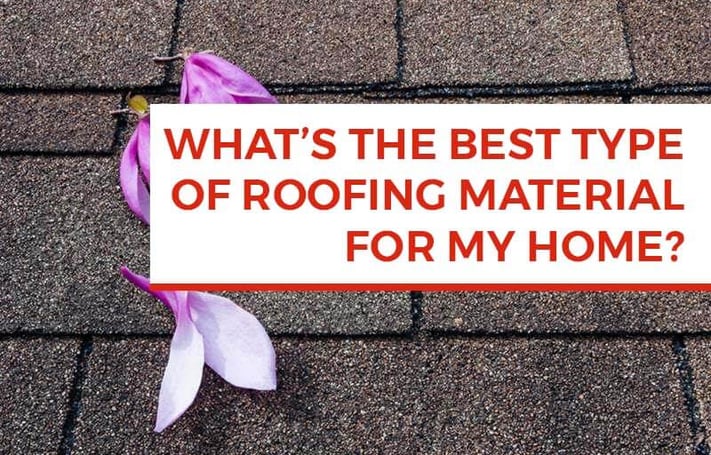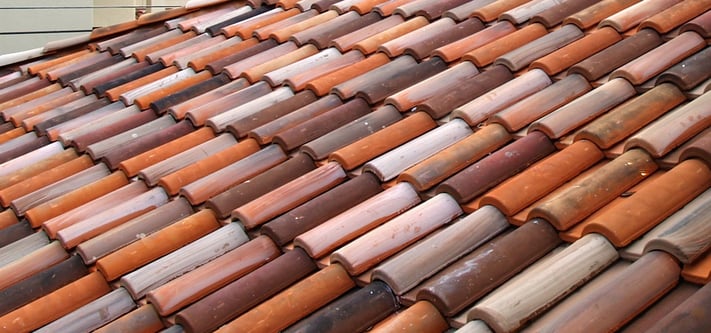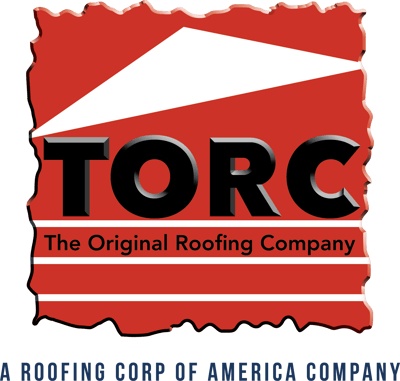
When replacing your roof, one of the first things you should consider is whether to replace it using the same type of material that was originally there or if you should change to a new material. After all, why do you need to replace your roof?
- Did your old simply roof suffer typical wear and tear?
- Did something fall apart on its own?
In addition, if you plan on owning your home for a long time, it might be more cost-effective to choose a hardier material. Once you begin thinking like this, more questions arise: What roof is best for the climates where I live? Can I afford certain materials? No worries; you can do this.
Related: How Long Does a New Roof Last?
Types of Roofing Materials
Like with any choice, each type of roofing material has its own pros and cons. You just need to find the roofing material fit for your home.
Asphalt Shingles
By far the most popular choice, asphalt shingles are relatively inexpensive and are available in two forms. The organic paper fiber mat has good fire resistance, while the fiberglass version is stronger against wind. Unfortunately, they are not very eco-friendly and have to be disposed of at a landfill. They are also not very durable.
Metal
While metal is more expensive than asphalt shingles, metal roofs are more durable and long-lasting, depending on the specific metal used. You can choose from sheets of steel, aluminum, copper, and alloy strips. Copper develops a green patina with age, so consider your preferred aesthetic when choosing your material. Metal is fire and wind resistant, but rain makes a racket against the material. However, metal reflects the sun, which keeps your house cooler during warmer months.
Plastic Polymer
Overall, plastic polymer material seems to fall in the middle ground. It resembles slate or wood shakes though it’s made from polymer. Its cost is reasonable, it has decent fire and wind resistance, and it’s both durable and low maintenance. Plus, when replaced, you can recycle this material.
Clay Tile
Clay tile, as a heavier material, is in the pricier range, also requiring reinforced framing to hold up the weight. The traditional Spanish style material has fantastic fire resistance but low wind resistance. And though, like plastic polymer, clay tile is durable and low maintenance, it can still break easily.

Concrete Tile
Concrete tile has essentially the same traits as clay tile (requires reinforced framing, has high fire resistance and fair wind resistance) but is a slightly cheaper option as well as a different appearance though they can be made to resemble clay tiles.
Synthetic Shake
Compared to original wood shake, synthetic shakes are much longer lasting. The synthetic, natural looking material has better weather resistance and includes UV inhibitors. However, they are more on the pricier side.
All roofing materials vary in durability and price, so do your research before making any final decisions. Also don’t forget to consider the end result—how it’ll all look in the end. After all, you’ll be looking at that roof for several years to come. Depending on the type of weather you’re accustomed to and your design of choice, spending the extra dollar may or may not be the best decision in the long run.





